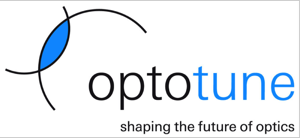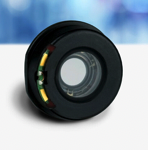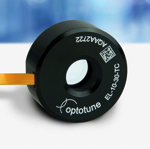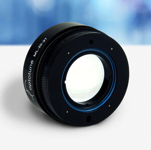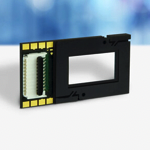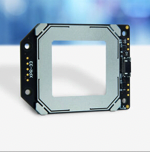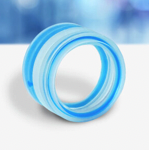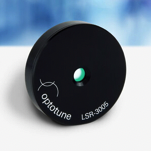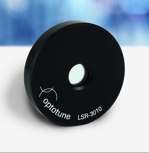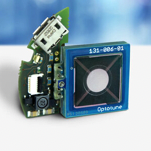With a clear aperture of 16 mm Optotune presents the worlds‘s largest electrically focus tunable lens. Its design has been optimized in many ways:
• The 60% larger aperture than its predecessor, the EL-10-30, allows for 2.5x more light throughput
• The tunable lens can be shaped from a flat zero-state into a plano-concave or plano-convex lens, resulting in a focal tuning range of up to -10 to +10 diopters (at -250 to +250mA)
• The design was optimized to minimize thermal drift effects to as little as 0.02 dpt/°C and with the built in temperature sensor, an overall reproducibility of typically +/- 0.05 diopters is achievable
• Response & settling times are 5 & 25ms, respectively, which is still magnitudes faster than most mechanical alternatives
• Integration of the lens shaper inside the container allows for the highest possible positioning accuracy of the tunable lens
